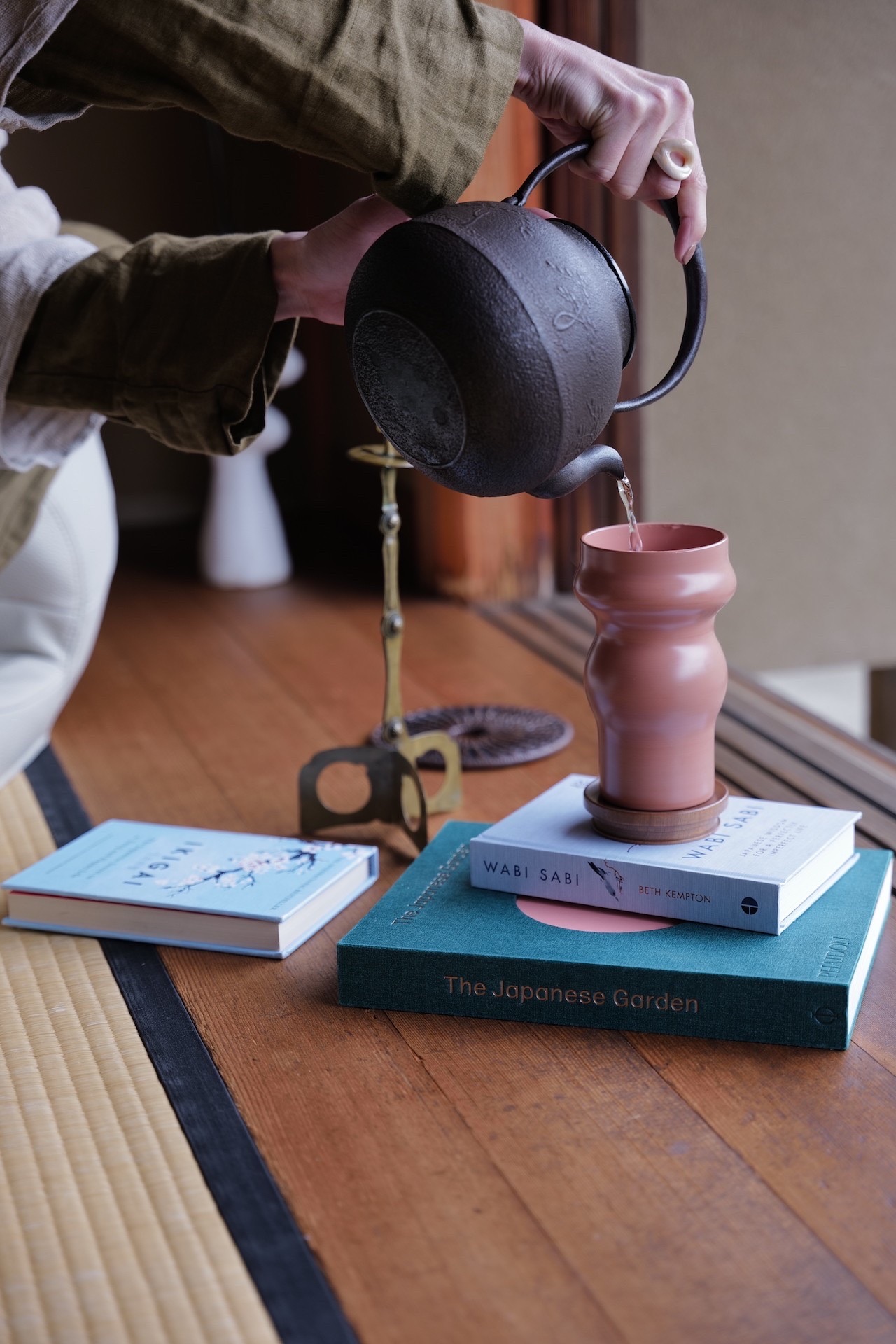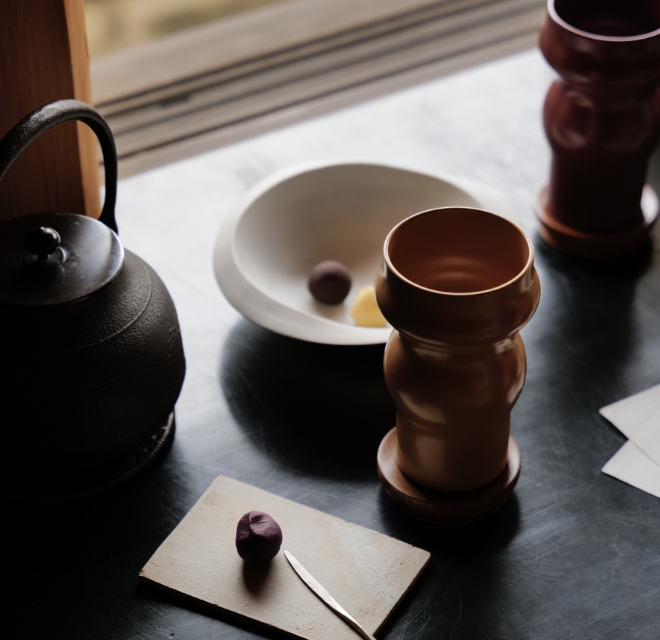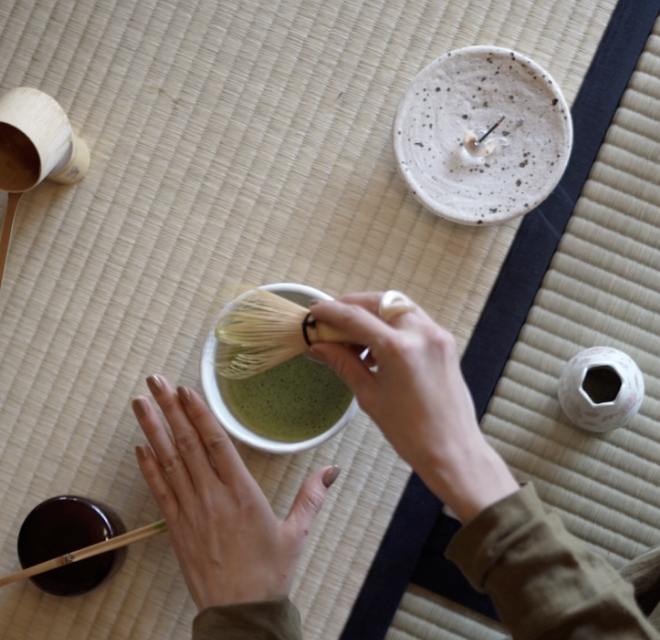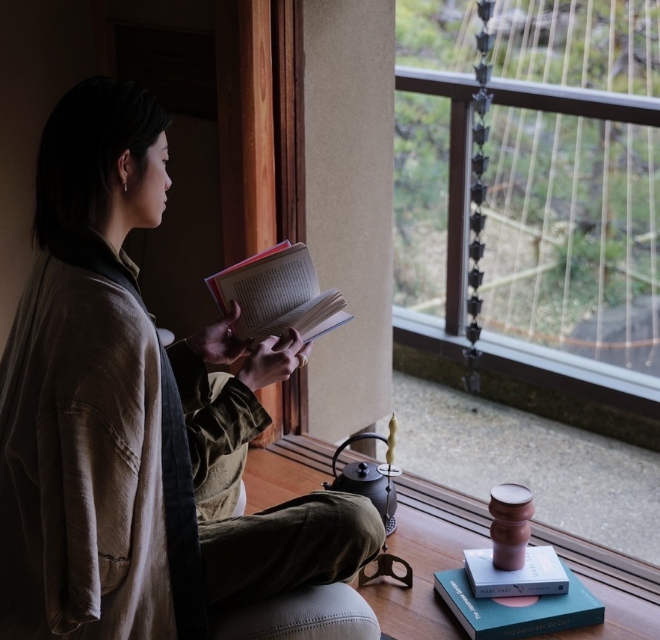Visiting a hemp farmer, a sacred plant that has supported the Japanese way of life
Japanese hemp, a plant that has been a part of Japanese life since ancient times, is said to have been used for clothing and earthenware production since the Jomon period (710-794). In fact, it is an essential part of traditional events and arts, and is still used in shrines and Shinto rituals. Mr. Yoshinori Omori, an eighth-generation farmer of the “Yashu-Asa” brand of Tochigi’s specialty “Tochigi Shiro,” which used to have some of the largest hemp farmers in Japan, has traditionally pursued and studied the possibilities of hemp. Beginning with daily necessities such as paper, clothing, cosmetics, and hemp charcoal, he is now taking on the challenge of creating 100% nature-friendly architecture using Noshu hemp and local lime. Ancient Japanese hemp, a fast-growing plant with strong fibers and high air permeability, was a valuable plant that supported the lives of ancient people who subsisted solely on the bounty of nature. We visited Mr. Omori to rediscover the benefits of this ancient Japanese species and explore the possibilities of wellbeing in the future.
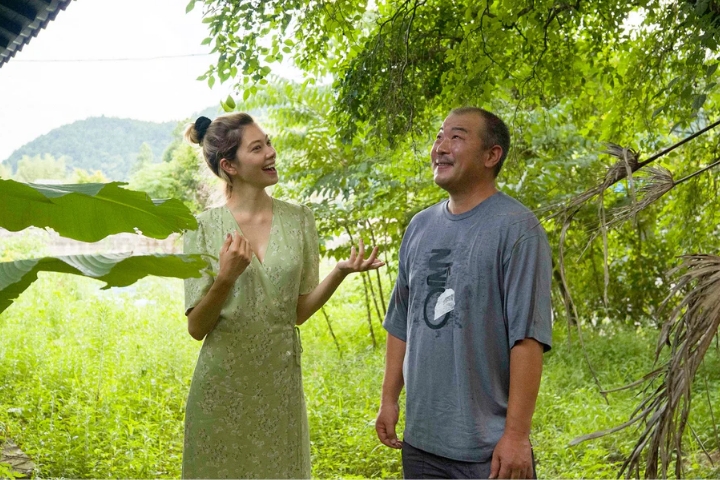
It is a beautiful place with a mountain range stretching behind the hemp fields. I heard that hemp farming in Tochigi is the best in Japan.
Yes, hemp has been cultivated in this area of Tochigi since the late Edo period, and has been offered to shrines for generations. The hemp farmers in the area have been in business for eight or nine generations, and as far as I have records, I am the eighth generation, but I don’t know for sure because some of the documents have been burnt down. We often have customers from overseas, such as Australia and France, who are interested in Japanese hemp, and many of them are surprised to know that we have been doing it for such a long time.

How far back does the history of hemp in Japan go?
Actually, it has been used for food, clothing, and shelter since the Jomon period, as recently discovered by the people at the National Museum of Japan. It is also used in the world of kendo, the art of swordsmanship, and traditional performing arts such as kabuki. For example, it is used on the back of the “hemp-back sandals” worn in kabuki costumes and on stage, and on the beards of Noh masks. It is also used in fireworks, sumo mawashi, Sagami kites, and kenka kites. Another example is the “Tomoshiraga” (one of the betrothal gifts made of split hemp in the shape of white hair) used at weddings and funerals. With the strength of the hemp fiber, it is meant to be “unbreakable. At funerals, walking sticks and straw sandals are placed in the coffin, and the cord connecting them is also made of hemp so that the departing Buddha will not lose them on the way to his death. The Japanese people have a unique hemp culture in every important part of their lives from birth to death.
How is the famous “Tochigi Shiro,” a variety of “Yashuasa” hemp, processed and produced today?
In Tochigi Prefecture, it is prohibited to take the leaves out of the hemp fields, so they are cut off in the field and only the stems are harvested. After being covered with hot water and left to ferment for 3-4 days, the dried hemp (Kiso) is stored and processed in turn. From the fermented hemp stalks, the outer skin is peeled and separated into Seima, Ogara, and Oaka, and the fibers that are scraped off in the process are processed into paper and clothing. Currently, more than 70% of the hemp is used for Shinto rituals, but this is still not enough. The rest use imported hemp or vinyl. In 1945, there were tens of thousands of hemp farmers in Japan, and even in Tochigi there were about 4,000 at that time, but due to declining demand and regulations, the number has decreased to 12 to 13.

How many types of hemp are there in the world?
In Japan, hemp is a slightly unique term, and plants that grow quickly and produce strong fibers are named with the word asa(hemp). For example, kenaf is called “Yo-asa” in Japanese, and ramie and jute also named with Kanji meanings of asa(麻), but they are completely different from hemp, and hemp is the most common native plant in Japan. Cannabis can be roughly divided into fiber, intermediate, and medical varieties, and there are about 2,000 species worldwide, making it difficult to classify. Native varieties that grow wild and have been cultivated in Japan have almost no THC (*1) component and are said to be mostly fiber-type. The fiber type contains a large amount of CBD (*2) and seems to be attracting increasing attention for its usefulness, but the production of CBD is currently prohibited in Japan.
How was it used in people’s daily lives?
It was used from the soil in its entirety. The roots grow 30 to 40 cm long, so they cultivate the soil, and the roots are left in place after harvesting, making the soil rich with microorganisms. The hemp husks are also called mongara (gate husk) and are used to make spirit horses for the Obon festival. Some of you may have noticed that straw mats and things like bills and disposable chopsticks are used with the straw mats, but actually they use hemp instead of chopsticks. It is also used as the base of thatched roofs in Shirakawa-go and other areas. It is porous, so when the humidity inside the house increases, it absorbs it, and when it dries out, it expels it, and people in the past used it for its role of quality control. Incidentally, paper made from hemp was also used for the Washington Convention documents. It seems that hemp paper has been used for important documents because it is pure cellulose and is not eaten by insects.

I understand that it was also used in the world of fireworks.
We make hemp charcoal from Ogara, then powder the hemp charcoal to make it for fireworks. The larger the fireworks, the heavier the shakudama, and the higher the fireworks need to be when they are launched, so hemp has been used for its light weight. Paulownia wood is also light, but it takes time to grow, so hemp has been used in the world of fireworks.
In this gallery, there is a mawashi (belt). Is hemp used there as well?
That is a yokozuna’s mawashi (belt). The outside is wrapped with sarashi cloth, but there is about 15 kg of hemp inside. After we deliver the fibers, the wrestlers rub them with rice bran to make them into threads, and then twist them to make the mawashi. The weight varies depending on the height of the rikishi and other factors, but they spend two days making it themselves.
Japanese culture can be traced back to Shinto shrines and Buddhist temples, and many of the tools and prayers that support daily life are deified. What makes hemp so special?
In ancient times, when daily food and even life depended on the natural environment, people may have been in awe of the fast-growing and robust hemp, and it gradually became a divine being. I have heard that in some regions, people used hemp to purify themselves. It was used by matagi to remove the human smell when they entered the mountains, or during childbirth, and the Japanese used it in ceremonies to pray for a good harvest.
Like the spirit of Animism that is common in Japan, there must have been a respect for the life and blessings nurtured by nature.
Yes, it was. Today, SDGs is being touted, but I feel that this is in keeping with what Japanese people have done in the past, which has been simple. You are aware of the need to reaffirm the need to face the nature worship that coexists with the nature and seasons around us.

I was recently told by the director of the Cannabis Museum that until the end of February 2023, Cannabis Japonica, the tradition and history of cannabis in Japan, is being held at museums in Amsterdam and Barcelona. Also, in France, where I visited recently, I saw many naturally made wellness products that originated in Japan. I am sensing a growing interest among Europeans in Japanese hemp, nature, and history.
An Australian came here the other day and said the same thing. The history of hemp is quite deep in southern Germany as well, where it was used in daily life for survival, and there are still tools and other items left behind. However, Shinto ritual implements seem to be a uniquely Japanese culture.
Mr. Omori, while preserving the tradition as a hemp farmer, you are also taking on new challenges, such as developing products using charcoal.
I have always loved making things. About 20 years ago, I started making paper to convey the goodness of hemp, then lighting, and now I burn firework charcoal and make hemp charcoal for food. I started making paper about 20 years ago, and now I burn firework charcoal, make hemp charcoal for food, and so on.
You have also completed a 100% biodegradable hempcrete house made entirely of hemp and lime.
We originally made the house by grinding dried hemp husks and ogara (hemp stem cores) and mixing it with original lime and water. Hempcrete is a popular building material in England and France because of its excellent sound absorption, heat insulation, humidity control, and fire resistance. It has the ability to absorb and trap up to 165 kilograms of carbon per cubic meter of wall. With only foreign information available, we were able to complete the project after much trial and error, adjusting the formula many times.

We look forward to future challenges and expansion.
We would like to continue our efforts to adapt the charm and usefulness of hemp, which has taken root in Japan since ancient times, to modern life.
*1 Tetrahydrocannabinol: Said to cause hallucinations, affect memory, and impair learning ability (Ministry of Health, Labor and Welfare).
*2 Cannabidiol: Has effects to calm inflammation and relieve anxiety. It is not addictive or dependent and has no side effects or addictive properties with normal use (Cannabinoid Review Committee).
Photography: Teddy Wilkins
Interview: Hikari Mori
Text: Yuka Sone Sato
Design: Mammy Horie
Translation: Kelly Yeunh





